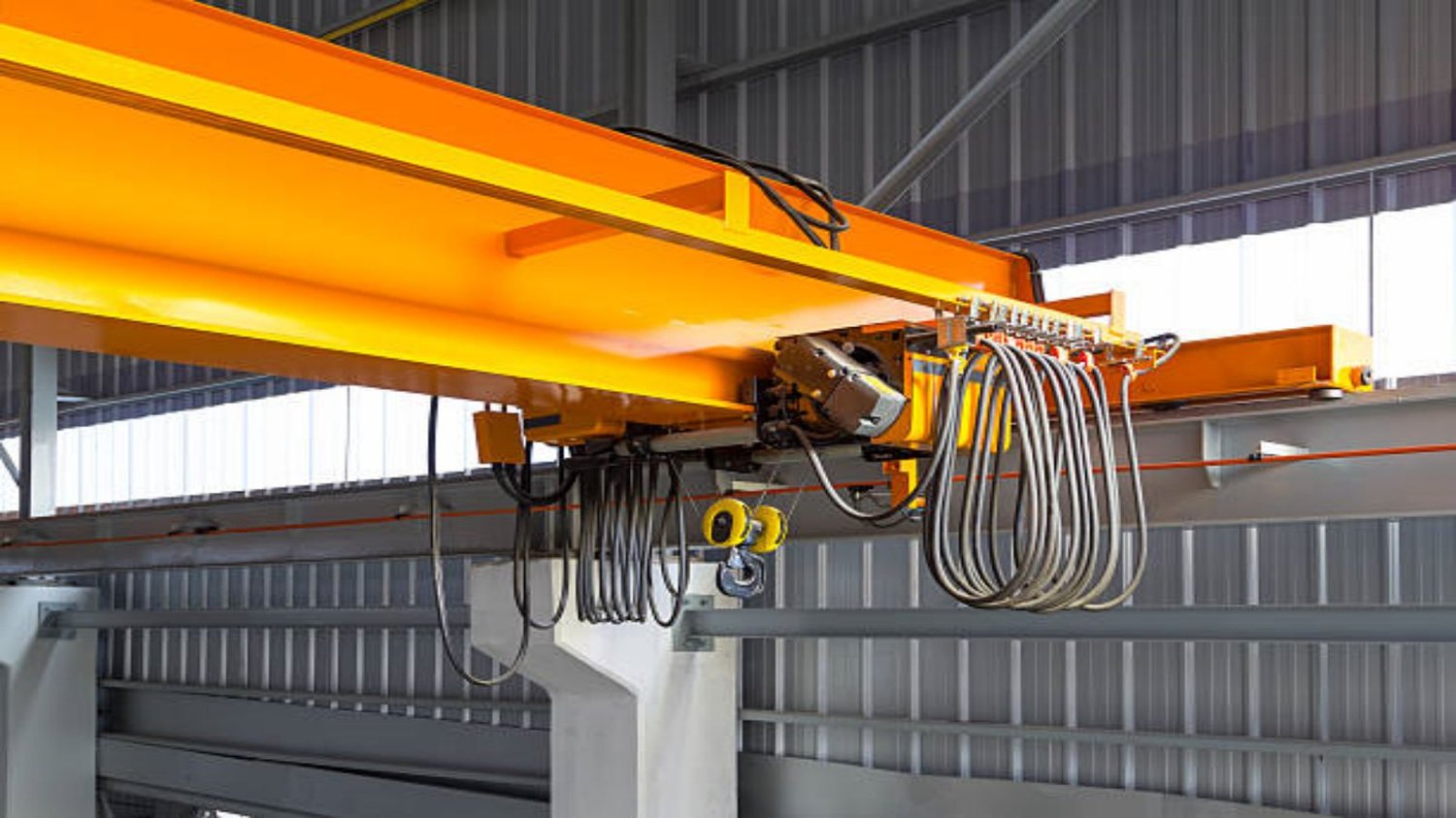Understanding the Importance of Training Your Staff to Use Vacuum Lift Bridge Cranes Safely
When it comes to workplace safety, proper training is essential. This is especially true when it comes to using vacuum lift bridge cranes. These powerful machines can greatly enhance productivity and efficiency in various industries, but they can also pose significant risks if not operated correctly. In this article, we will explore the importance of training your staff to use vacuum lift bridge cranes safely, and provide valuable insights into the various aspects that need to be considered.
The Basics of Vacuum Lift Bridge Cranes
Before diving into the specifics of training, it is crucial to have a clear understanding of what vacuum lift bridge cranes are. These cranes are designed to lift and transport heavy loads using a combination of vacuum suction and bridge crane technology. By creating a vacuum seal between the crane and the load, these machines can securely lift and move objects with ease. However, due to the nature of their operation, proper training is essential to ensure safe usage.
The Importance of Proper Training
The primary reason for training your staff to use vacuum lift bridge cranes safely is to minimize the risk of accidents and injuries. These cranes can handle substantial loads and operate in complex environments, making them potentially hazardous if not operated correctly. By providing proper training, you can equip your staff with the knowledge and skills necessary to handle these machines safely, reducing the likelihood of accidents and ensuring a safer work environment for everyone.
Identifying Potential Hazards
One of the key aspects of training your staff is to help them identify potential hazards associated with vacuum lift bridge cranes. These hazards can include improper load attachment, overloading the crane, inadequate maintenance, and lack of awareness of surrounding obstacles. By educating your staff about these potential dangers, you can empower them to make informed decisions and take necessary precautions to prevent accidents.
Proper Operation Techniques
Training your staff to use vacuum lift bridge cranes safely should also include teaching them proper operation techniques. This includes understanding how to operate the controls, maneuver the crane, and maintain stability while lifting and moving loads. Additionally, staff should be trained on how to handle emergency situations, such as power failures or equipment malfunctions, to prevent further risks.
Load Limitations and Capacity
Another important aspect of training is educating your staff about load limitations and capacity. Vacuum lift bridge cranes have specific weight limits that should not be exceeded to ensure safe operation. By training your staff to accurately assess the weight of the load and understand the crane's capacity, you can prevent overloading situations that can lead to accidents and equipment damage.
Maintenance and Inspection Protocols
Regular maintenance and inspections are crucial for the safe operation of vacuum lift bridge cranes. Training your staff to understand and follow maintenance and inspection protocols is essential to identify any potential issues or faulty components. By detecting problems early on, you can prevent accidents and ensure the longevity of your equipment.
Proper Personal Protective Equipment (PPE)
Providing your staff with proper personal protective equipment (PPE) is an integral part of training them to use vacuum lift bridge cranes safely. PPE such as hard hats, safety glasses, gloves, and high-visibility vests can significantly reduce the risk of injuries. Training should emphasize the importance of wearing PPE and provide guidelines on when and how to use them.
Emergency Response and Evacuation Procedures
In the event of an emergency, it is crucial that your staff is trained on proper emergency response and evacuation procedures. This includes knowing how to safely operate the crane in emergency situations, understanding evacuation routes, and being familiar with emergency shutdown procedures. By ensuring your staff is well-prepared, you can minimize the potential impact of emergencies on both personnel and equipment.
Continuous Training and Refresher Courses
Training your staff to use vacuum lift bridge cranes safely should not be a one-time event. Continuous training and refresher courses are essential to reinforce safe practices and keep your staff up to date with any changes or advancements in crane technology. By investing in ongoing training, you can maintain a culture of safety and ensure that your staff remains competent and confident in operating these powerful machines.
The Bottom Line: Prioritizing Safety through Training
Training your staff to use vacuum lift bridge cranes safely is not just a legal obligation; it is a crucial step in ensuring the well-being of your employees and the efficient operation of your business. By understanding the basics of vacuum lift bridge cranes, identifying potential hazards, teaching proper operation techniques, and emphasizing the importance of safety protocols, you can create a workplace that prioritizes safety, reduces accidents, and promotes productivity.

